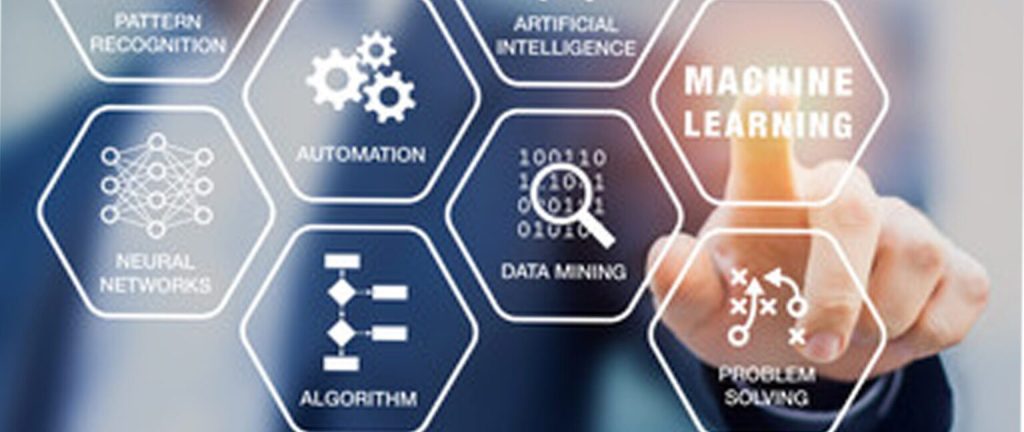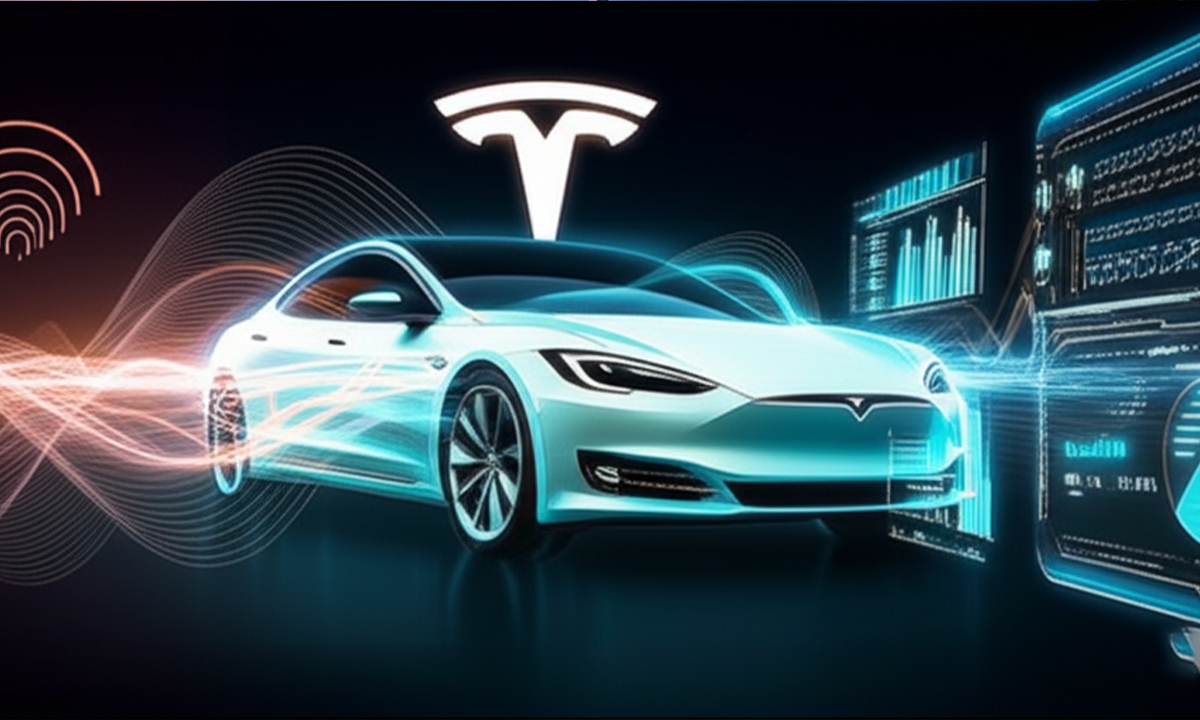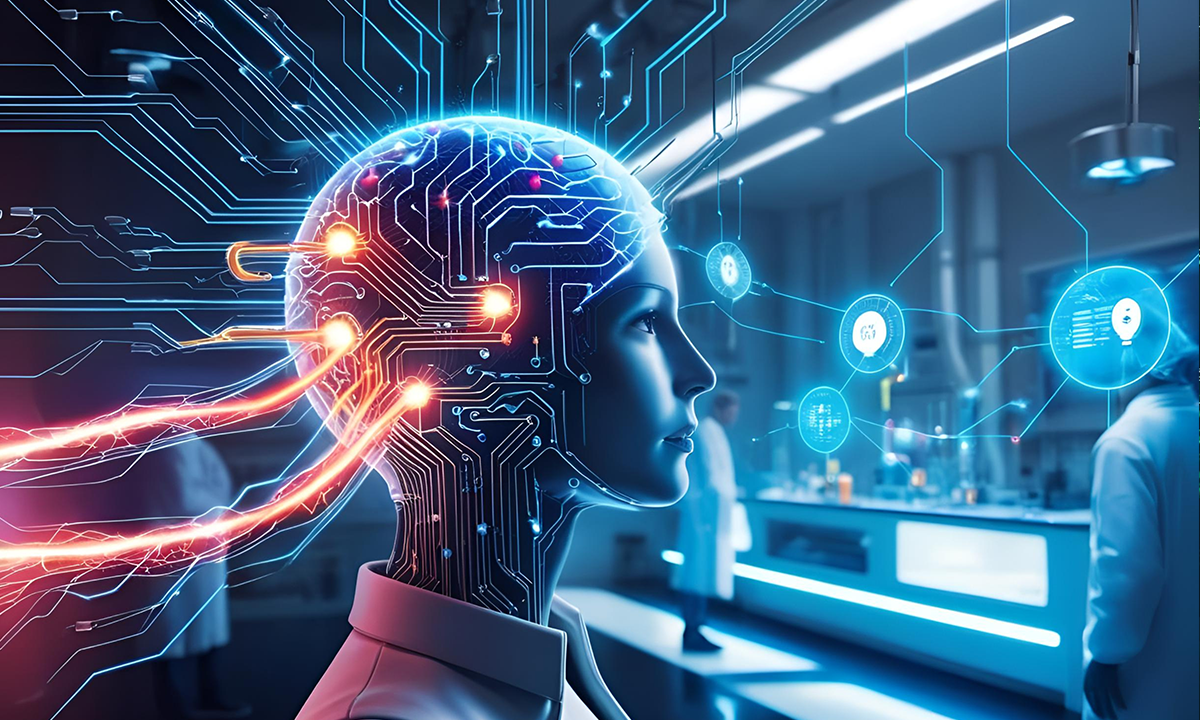Have Any Questions?
+800-327-9912
Data Science
About Tesla
Tesla believed that nature operated according to deeply embedded laws and relationships—an idea that mirrors the foundation of data science today: uncovering insights through observation, measurement, and pattern recognition.
His methods—meticulous data logging, predictive thinking, and an intuitive understanding of feedback systems—laid the conceptual groundwork for fields like machine learning, where algorithms learn from data to make decisions and forecast outcomes. Today, Tesla’s legacy lives on in technologies that analyze massive datasets, identify hidden trends, and automate complex processes—tools that continue to drive innovation across science, industry, and society.
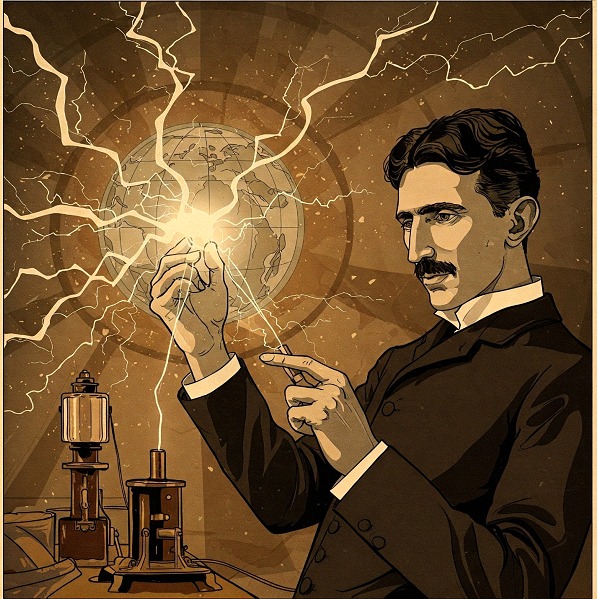



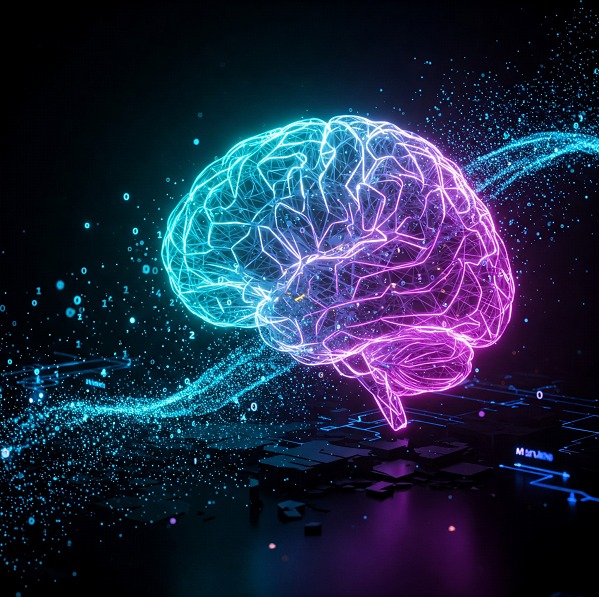
Empowering Innovators for Generations to Come
Tesla was one of the earliest thinkers to intuitively grasp the power of information. He meticulously recorded data from his experiments, often analyzing patterns, anomalies, and correlations long before modern computational tools existed. Tesla’s ability to visualize complex systems, run simulations in his mind, and rely on quantitative observation mirrors many of the core principles used in data science today. His emphasis on experimentation, pattern recognition, and predictive modeling aligns with the analytical thinking that drives data-driven decision-making in the modern world.
Though Tesla did not work in what we now call “data science,” his methods anticipated its evolution. He understood that knowledge could be extracted from large sets of observations—what we now refer to as data—and that these insights could be used to improve technology, forecast outcomes, and even reshape entire industries. Today, data science relies on algorithms, machine learning, and advanced statistical models to unlock insights from vast datasets—continuing Tesla’s legacy of using information not just to understand the world, but to transform it.
- Hands-on learning with real-world applications
- Courses designed by experts in cutting-edge fields
- Community-driven support for lifelong learners
- Future-focused content built on Tesla’s visionary spirit
Join us—and spark the future of innovation.
WHY CHOOSE US
We’ve created resources to help you learn more about data science
01
Nikola Tesla was a visionary whose ideas often exceeded the technological and financial capabilities of his time.
02
In this article, we will explore the fundamental concept of regression analysis, its various types, and its application in data science to predict the future. We will also draw parallels between Tesla’s visionary predictions and how regression models enable us to forecast with accuracy.
03
In this article, we will explore the fundamental concept of regression analysis, its various types, and its application in data science to predict the future. We will also draw parallels between Tesla’s visionary predictions and how regression models enable us to forecast with accuracy.
04
Tesla’s experiments with frequency, signal transmission, and the transmission of information have significant parallels to how modern data science techniques are applied in fields such as machine learning, communication systems, and signal processing.
05
Tesla’s work in electrical circuits and the way energy flows through them bears striking parallels to the way neural networks process and transfer information in AI systems.

